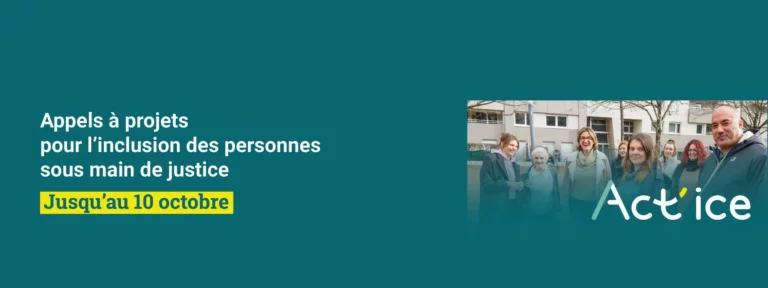
This paper discusses how system change funders and actors can assess whether their interventions are working, contributing new case studies of clients Stone Soup has worked with on systems mapping and systems evaluation as well as synthesising the current practitioner and academic literature.
Case studies include a mapping of local food systems and the development of an impact measurement framework for the Daniel and Nina Carasso Foundation in Spain, a systems mapping exercise for an Ashoka programme to encourage social entrepreneurship in Spain and a participatory systems change exercise sponsored by the Demeter Foundation on the theme of disability in Portugal.
It is intended to provide a thoughtful perspective from working hands-on with systems change practitioners on how to determine whether shifts are occurring in the system. As the evaluation field itself grapples with how the traditionally linear project-based approach can be adapted to fit the new paradigm of systems change, this paper offers a meaningful guide to those embarking or already on this path.
The key conclusions for systems change practitioners are that it is essential to start with a clear understanding of the system and its boundaries through systems mapping, which must focus on extracting the essence of the system and its interconnections rather than its overwhelming detail. In evaluating or assessing systems change, there needs to be a shift towards a learning lens and longer-term time frames to understand whether change has occurred. The participatory and stakeholder dimension is critical, both in terms of mapping the system, developing indicators and sense-making as to whether systems change is occurring.



